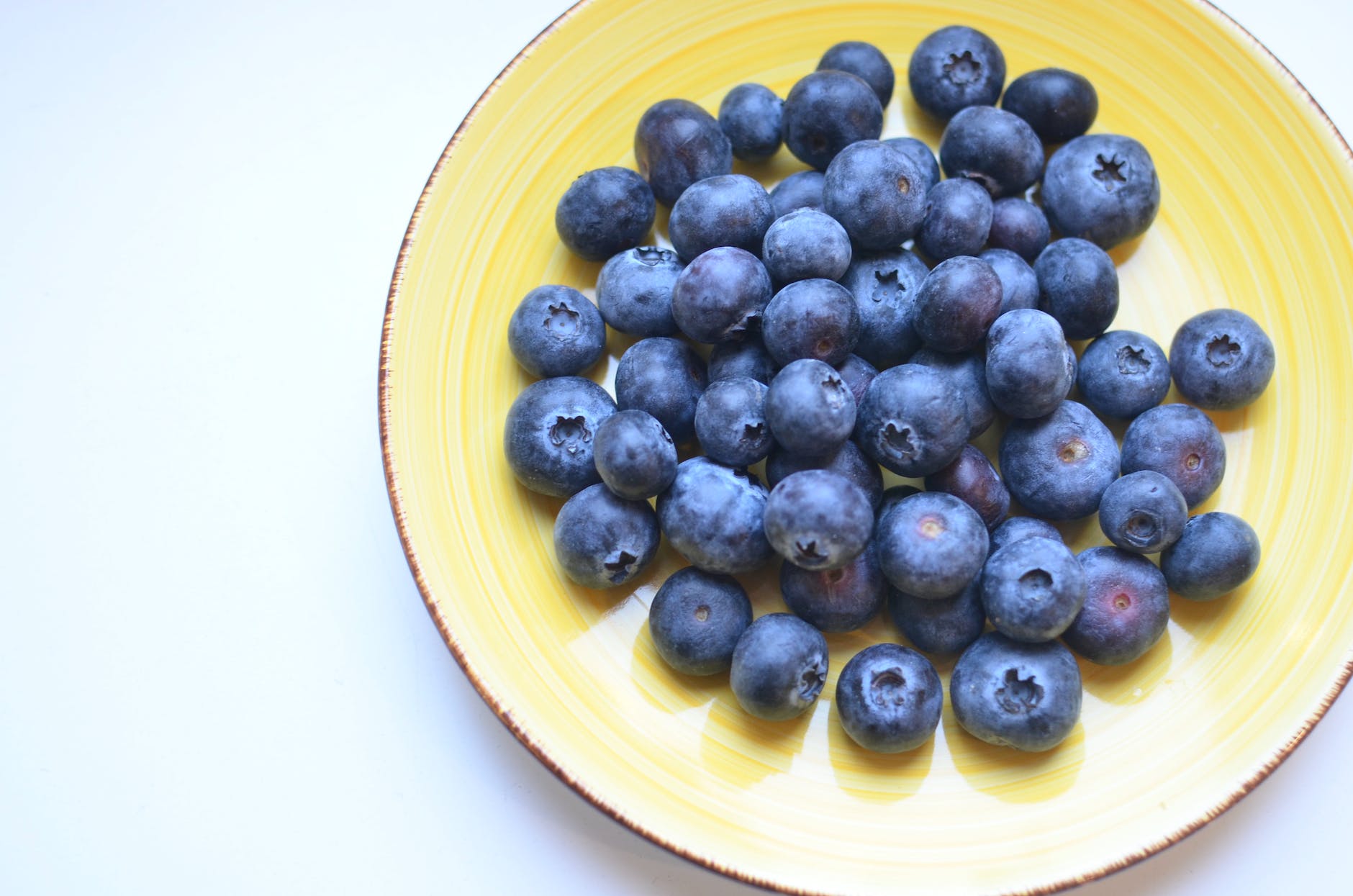
Blueberries, often referred to as a superfood, are packed with antioxidants and essential nutrients. They have been associated with numerous health benefits, from boosting brain health to aiding in weight loss. Let’s delve into the incredible benefits of incorporating blueberries into your daily diet.
Are Blueberries Good for You? Unveiling the Truth
Yes, blueberries are indeed good for you. They are low in calories but high in fiber, vitamin C, vitamin K, and antioxidants. These tiny berries are a powerhouse of nutrients that can enhance your health in a myriad of ways. They are known to fight DNA damage, protect cholesterol in your blood from becoming damaged and reduce inflammation, which is at the heart of most diseases.
The Daily Dose: Benefits of Eating Blueberries Every Day
Eating blueberries daily can provide numerous health benefits. Here’s why you should consider adding them to your daily diet:
- Heart Health: Blueberries are high in antioxidants that can reduce the risk of heart disease by reducing levels of “bad” LDL cholesterol in your blood. The fiber, potassium, folate, vitamin C, vitamin B6, and phytonutrient content in blueberries all support heart health.
- Brain Function: The antioxidants in blueberries may delay brain aging and improve memory, keeping your brain healthy and active. They are believed to improve brain function by improving memory, delaying brain aging, and protecting the brain from damage.
- Diabetes Management: Blueberries have a low glycemic index, meaning they cause a slower rise in blood sugar levels compared to other foods. This makes them a good choice for people with diabetes. They are also known to improve insulin sensitivity and lower blood sugar levels.
- Weight Loss: Being low in calories and high in fiber, blueberries can help control hunger and keep you full, supporting weight loss efforts. They are a perfect addition to your breakfast cereal or smoothies, giving you a delicious, satisfying treat without the extra calories.
Blueberries and Digestive Health: Are They Good for Constipation?
Blueberries are high in dietary fiber, which adds bulk to your stool and can help prevent constipation. They are a delicious way to boost your fiber intake and keep your digestive system running smoothly. Regular consumption of blueberries can help maintain regular bowel movements and contribute to overall digestive health.
Blueberries and Pregnancy: Are They a Good Choice?
Blueberries are a safe and healthy choice during pregnancy. They are high in antioxidants, vitamin C, and fiber, which are beneficial for both the mother and the baby. However, it’s always best to consult with a healthcare provider before making any major changes to your diet during pregnancy. They can contribute to the daily intake of essential nutrients, which are important for the baby’s growth and development.
Blueberries and the Keto Diet: A Good Match?
While blueberries do contain some sugar, they can still be included in a keto diet in moderation. Their high fiber content can help offset the carbs, making them a relatively low net carb fruit. They can be used in small amounts to add flavor and color to various keto dishes.
Wild Blueberries: A Nutrient Powerhouse
Wild blueberries, often smaller than their cultivated counterparts, are known for their intense flavor and deep blue color. They are packed with twice the amount of antioxidants, making them a superior choice for those seeking nutrient-dense food. Wild blueberries are also high in fiber and vitamin C, providing a myriad of health benefits, from boosting immunity to promoting heart health. They are a perfect addition to your diet, whether you enjoy them fresh, frozen, or in your favorite smoothie.
Dried Blueberries: A Convenient Snack
Dried blueberries are a convenient and tasty snack that you can enjoy anytime, anywhere. They retain most of the nutrients found in fresh blueberries, making them a healthy choice. However, it’s important to note that dried blueberries can be higher in sugar and calories than fresh ones. Therefore, they should be consumed in moderation. Despite this, they are a great source of fiber and can be a satisfying addition to your diet, whether you add them to your morning cereal, yogurt, or enjoy them on their own.
Can Blueberries Be Bad for You? Understanding the Drawbacks
While blueberries are generally healthy, there can be some drawbacks. Here are a few things to consider:
- Allergies: Some people may be allergic to blueberries. Symptoms can range from hives, itching, swelling, to severe anaphylaxis. If you suspect you have a blueberry allergy, it’s important to seek medical advice.
- Digestive Problems: Due to their fiber content, eating large amounts of blueberries may cause digestive issues, such as bloating, gas, and diarrhea.
- Pesticide Residue: Unless you’re buying organic, blueberries can contain pesticide residues. Washing them thoroughly can help reduce the residue but may not eliminate it completely.
Frozen vs. Fresh: Are Frozen Blueberries Good for You?
Frozen blueberries are a convenient alternative to fresh ones, especially when they’re out of season. They retain most of their nutrients during the freezing process, making them a healthy choice. However, there are a few drawbacks to consider:
- Texture Changes: Freezing can change the texture of blueberries, making them a bit mushy when thawed. This might not be an issue if you’re using them in smoothies or baked goods, but it can be noticeable if you’re eating them as is.
- Nutrient Loss: While frozen blueberries retain most of their nutrients, there can be a slight loss of certain vitamins, like vitamin C, during the freezing process.
- Added Sugars: Some brands of frozen blueberries contain added sugars to enhance their taste. Always check the label to ensure you’re choosing a product without added sugars.
In conclusion, blueberries are a versatile, nutrient-dense fruit that can offer a wide range of health benefits. From promoting heart health to supporting weight loss, they’re a delicious way to boost your nutrient intake. However, it’s important to remember that while blueberries can contribute to a healthy lifestyle, they should not replace a balanced diet and regular medical care. Always consult with a healthcare provider before starting any new health regimen.













